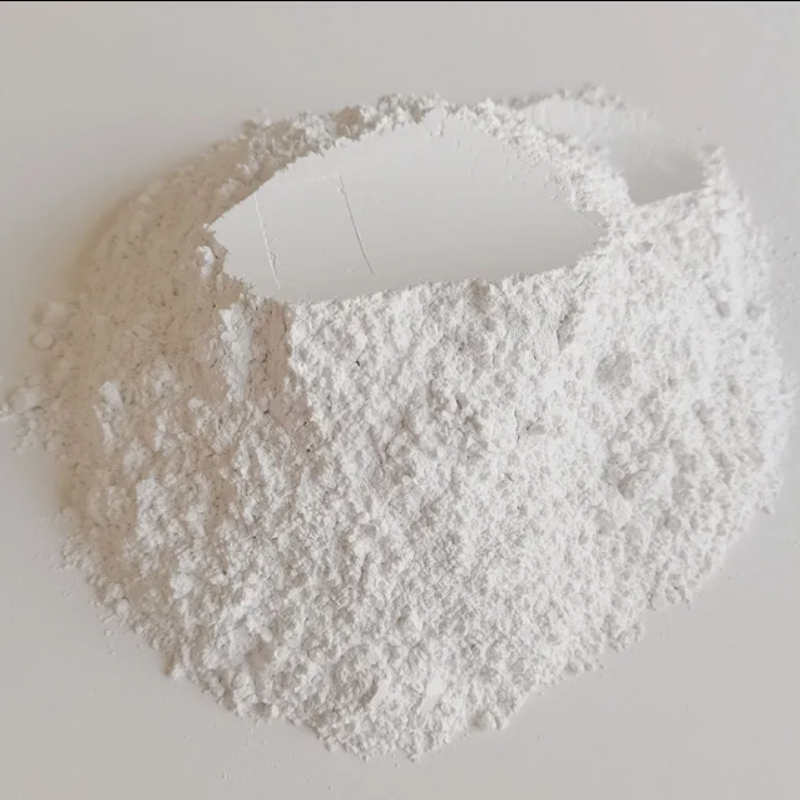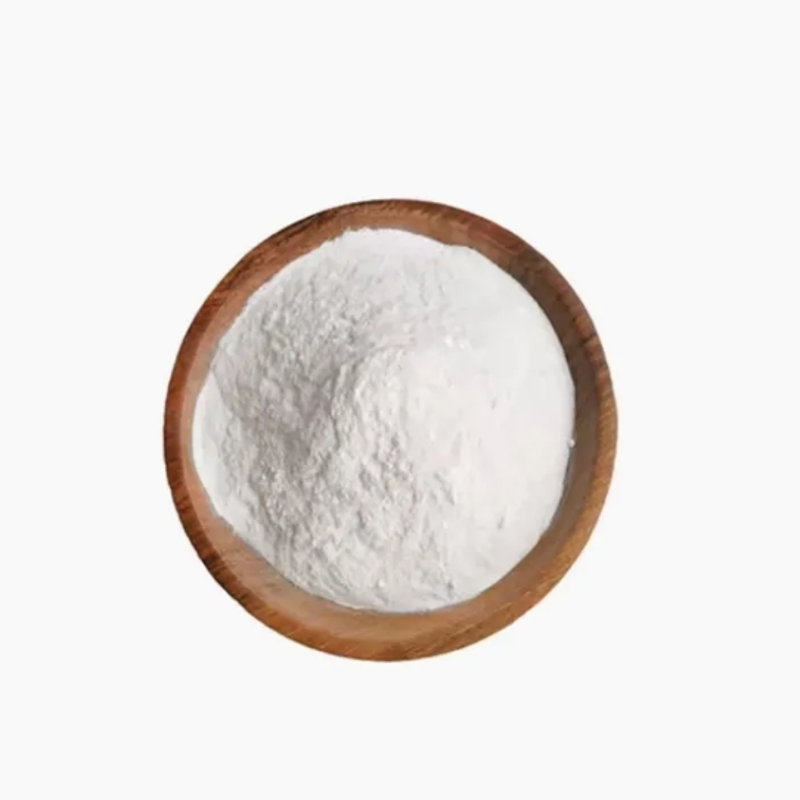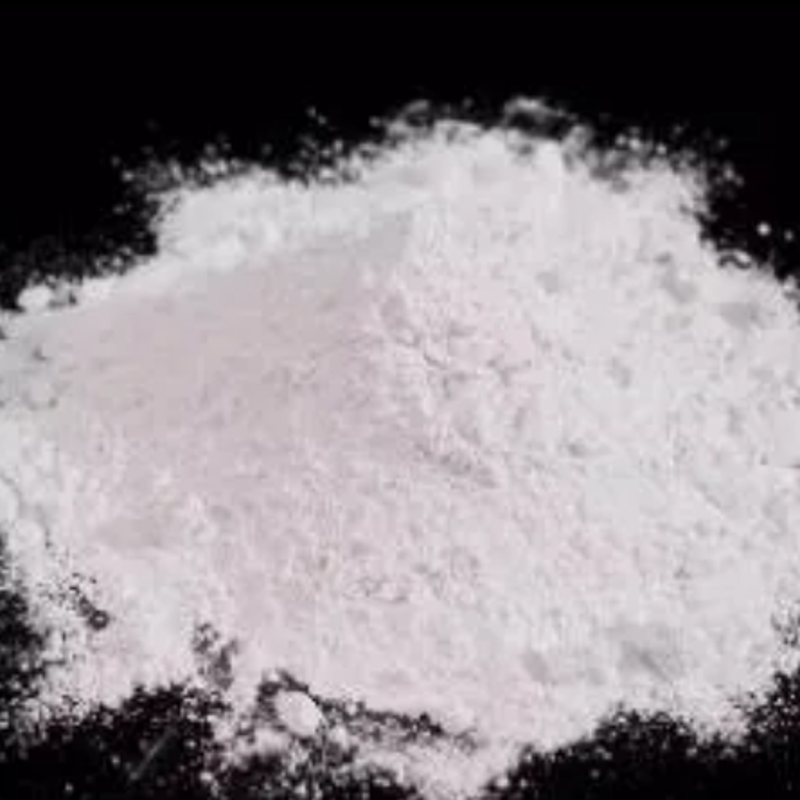-
Categories
-
Pharmaceutical Intermediates
-
Active Pharmaceutical Ingredients
-
Food Additives
- Industrial Coatings
- Agrochemicals
- Dyes and Pigments
- Surfactant
- Flavors and Fragrances
- Chemical Reagents
- Catalyst and Auxiliary
- Natural Products
- Inorganic Chemistry
-
Organic Chemistry
-
Biochemical Engineering
- Analytical Chemistry
-
Cosmetic Ingredient
- Water Treatment Chemical
-
Pharmaceutical Intermediates
Promotion
ECHEMI Mall
Wholesale
Weekly Price
Exhibition
News
-
Trade Service
With the rapid development of the national economy, the application of powder coatings in outdoor is becoming more and more common
.
Therefore, as a protective and decorative powder coating coating, its weather resistance and durability have also received more and more attention, especially for indoor and outdoor products such as ceilings, curtain wall panels, water dispensers, air conditioners, washing machines, aluminum profiles and other indoor and outdoor products
.
There are many factors that affect the weather resistance of powder coatings, including internal factors such as resins, curing agents, pigment fillers, and the structure and performance of other additives; As well as the role of sunlight (mainly ultraviolet rays), the composition of the atmosphere (oxygen, ozone, industrial smoke, etc.
), humidity (including acid rain, salt spray, etc.
), temperature changes and other natural factors (external factors) The paint is coatingol.
com
online.
Ultraviolet radiation is the main cause of the natural aging of powder coatings, and oxygen in the atmosphere is an important factor
in promoting natural aging.
Under the action of ultraviolet light and oxygen, the powder coating is triggered to produce an automatic oxidation reaction, that is, an oxidation chain reaction, which degrades
the powder coating.
Water and heat accelerate this reaction, which plays a role
in promoting photooxidation.
Powder coating film in the formation process will have weak chain bonds and diene structure of the macromolecular chain, after ultraviolet radiation, prone to light-induced oxidative degradation reaction (aging), resulting in fading of the coating film, powdering
.
In order to inhibit or delay the photooxidation rate of the coating film, people usually use a mixture of antioxidants, ultraviolet absorbers or light stabilizers or 3 kinds
.
Application studies of antioxidants
From the thermo-oxygen degradation mechanism of the polymer, it can be seen that the thermal oxygen degradation of the polymer is mainly caused by the chain-locked radical reaction caused by
the hydroperoxide heating to produce free radicals.
Thus, the thermal oxygen degradation of polymers can be inhibited by free radical trapping and hydroperoxide decomposition, as shown
in Figure 1.
Among them, antioxidants are widely used
for the above inhibition of oxidation.
Antioxidants (or heat stabilizers) are additives that are used to inhibit or delay the degradation of polymers by atmospheric oxygen or ozone, and are the most widely used additives in polymer materials
.
Powder coatings in the high temperature baking or sunlight irradiation will occur thermal oxygen degradation, aging, yellowing and other phenomena seriously affect the appearance and performance of the product, in order to prevent or reduce the occurrence of this trend, usually by adding antioxidants or heat stabilizers to achieve
.
Antioxidants can be divided into three broad categories according to their functions (i.
e.
, their intervention in automated oxidative chemical processes):
The first type is called chain termination antioxidants, which are mainly to capture or scavenge free radicals produced by the automatic oxidation of polymers;
The second type is called hydroperoxide decomposition dosage form antioxidants, which mainly promote the non-free radical decomposition of hydroperoxides in polymers;
The third type is called metal ion passivation dosage form antioxidant, which can form a stable chelate with harmful metal ions, thereby passivating the catalytic effect
of metal ions on the automatic oxidation process of polymers.
The first of the 3 types of antioxidants is called the main antioxidant, mainly inhibiting phenols, secondary aromatic amines; The second and third categories are called auxiliary antioxidants, including phosphite esters, dithiocarbamate metal salts and the like
.
In order to obtain a stable coating that meets the requirements of the application, it is often necessary to choose a combination of multiple antioxidants
.
The following test uses different antioxidant compounds added to the powder coating formulation, after spraying and curing, the sample is prepared, and the B value is measured by the color difference meter for the same film thickness, and the color of the coating film is evaluated
using the internationally accepted powder CIE Lab color system (DIN 6174, ISO 10526 and ASTM 2244).
The test results sorted by the order of color of the coating film from second increment to optimization can be seen:
1, the basic formula 1 has serious loss of light, although the pigment heat resistance is better, but after the film formation of the discoloration, the analysis believes that the pigment is oxidized at high temperature, under the action of oxygen some groups in the pigment react
.
2, Formula 2 and Formula 3 color change is better than Formula 1, but the improvement is not obvious, and Formula 3 is better
than Formula 2.
After analysis, the antioxidant prevents further oxidation and reduces the discoloration, and the effect of antioxidant 3 is better
than that of antioxidant 2.
Another reason may be that because both are hindered amines, preventing the pigment from oxidizing to produce staining groups, but the effect is not good, only to prevent further reactions after partial oxidation, so the effect is not optimal
.
3, Formula 4 is better than Formula 3, but not the best
.
Because phosphite ester antioxidants have good color protection ability, it has reductivity, which can quickly reduce the pigments that are oxidized at high temperatures, so it has a good antioxidant effect
.
4, the effect of formula 5 is better
than that of formula 4.
In this formulation, the main antioxidant is used in conjunction with the auxiliary antioxidant, which not only prevents further oxidation of the pigment, but also quickly reduces the oxidized group, and the auxiliary antioxidant can make the staining group produced by the main antioxidant lighter, which has a good synergistic effect
.
5.
The color preservation effect of formula 6 using compound antioxidants is significantly better than that of formula 5
.
Antioxidant 4 is a mixture of highly effective phosphite and phenolic antioxidants, and the appropriate ratio of the two has a good antioxidant effect
.
6, formula 7 is better than formula 6, the color effect is basically the same as
the original pigment.
The recommended dosage of antioxidants is 0.
5% to 1.
0%, so the dosage of Formula 6 is significantly smaller
.
It shows that after the increase in the dosage of compound antioxidants, the color effect remains better
.
7.
Formula 8 test shows that in the extrusion and film formation curing process of powder coating milling, the use of antioxidants can effectively inhibit the oxidative degradation of the resin in this process and improve the impact resistance
.
The formulation with the addition of antioxidants can increase the Yan base ratio, and achieve the same performance as the smaller Yan base ratio without the addition of antioxidants
.
This is because the addition of antioxidants reduces the tendency of resin to decompose into low molecular weight products, so that macromolecular resins can better cover more fillers without changing
the performance.
8, formula 10 and formula 9 white coating model can be seen, the addition of antioxidants can effectively inhibit the yellowing during powder coating processing and post-curing process, improve the color performance
of white powder coatings.
The above test results show that although there are many factors affecting the oxidation of the coating film, such as the quality and type of resin, pigments, additives, the formulation design of the coating, the production process, temperature, atmosphere, humidity and other natural factors, the application of suitable antioxidants does reduce the occurrence
of this trend.
Application studies of light stabilizers
The degradation of polymers under the action of light and oxygen is called "photooxygen degradation"
.
Light stabilizers, also known as ultraviolet stabilizers, are a class of stabilizers used to inhibit the degradation of photo-oxygen in polymer resins and improve the weathering resistance of powder coating films
.
According to the different stabilization mechanisms, light stabilizers can be divided into light shielding agents, ultraviolet absorbers, excited quenching agents and free radical traps
.
Due to the diversity and complexity of powder coatings formulation, curing process, curing form, light care and light protection of powder coatings are very important
.
Secondly, the effect of light stabilizer on the photoaging of coatings and prolonging the service life of the coating film is very significant, and the amount used is very small, generally only 0.
5% to 1.
0%
of the total amount of the formula.
Therefore, applying light stabilizers in powder coatings to improve their weather resistance is a very simple, low-cost and very effective method
.
According to the formula in Table 2, a light stabilizer is added to the coating, and a coating sample is obtained by spraying curing, and the internationally promoted rapid weather resistance test evaluation method - artificial accelerated aging (QUV) test and baking test
is adopted.
The application performance of light stabilizers is evaluated as follows:
1.
The weather resistance of indoor powder is very poor, but the addition of light stabilizer will play an obvious role
.
2.
There is no light stabilizer in the A and D formulas, and the test shows that they are significantly worse
than the models with light stabilizers.
3.
C and F formula samples show that the amount of light stabilizer is increased, and the light retention and color retention of the coating film are significantly improved
.
4.
The baking test results show that the light stabilizer has no temperature resistance, and anti-yellowing additives
should be added to solve the temperature resistance of the coating film.
Research on the synergistic application of antioxidants and light stabilizers
Through the above tests, it can be understood that the aging of the coating film is actually the result of the combined action of ultraviolet light and oxygen, and this process includes two different processes
: photodegradation and photooxidation.
However, the stability mechanism of light stabilizers and antioxidants on the coating film is different, and the combination of two stabilizers with different mechanisms of action is hoped to obtain a better stabilizing effect than a single stabilizer, that is, a synergistic effect
.
At present, such stabilizers are already on the market, which is also a development trend
of stabilizers.
However, at the same time as the synergy, the summing effect and the antagonistic effect between the two different stabilizers will also appear
.
Therefore, when antioxidants and light stabilizers are used together, it is crucial to have a good understanding of the different reactions between the two, and only by mastering the potential chemical reactions of the two combined effects can we design an effective antioxidant and a light stabilizer system
.
Through the accelerated aging and baking test of the coating film, the role of adding antioxidants and light stabilizers to the powder coating formulation and using them is evaluated, and the light stabilizer used here is a HALS light stabilizer
that people are more concerned about.
The test formula and results are shown in Table 4 and Table 5
.
The light stabilizer is evaluated by the test results:
1.
The addition of light stabilizers will play an obvious role in the weather resistance of the powder, but the yellowing resistance of the coating film has not changed
.
2.
The combination of light stabilizer and antioxidant has a significant effect on the weathering resistance and discoloration of the coating film, and the dosage of the two is 1:1
.
3.
Light stabilizer and antioxidant are used together in HAA system with better
effect.
The simultaneous use of light stabilizers and antioxidants is not as simple
as described in the article.
The effect of different light stabilizers and antioxidants combined needs to be further tested and confirmed
according to the theory.
epilogue
Antioxidants and light stabilizers added to powder coatings can effectively inhibit and reduce the speed of thermal oxidation and photooxidation reaction of polymer macromolecules in the production and application of powder coatings, significantly improve the heat resistance and light resistance of the coating film, delay the degradation and aging process of the coating film, and extend the service life
of the coating film.
The combination of light stabilizers and antioxidants in high-performance powder coatings, if used properly, will have a synergistic effect, significantly improving the weather resistance of powder coating films, especially Super-Duable powder coating films;
If used improperly, there will be a summation effect, or even an antagonistic effect, so that the stability of the coating film will decrease
.
The trend of combined use of stabilizers will develop in the direction of multi-functionality







